Edible flowers are all the rage at the moment, and we can see why. From adding bursts of flavour to salads to creating gorgeous citrussy pasta, the uses of flowers from the garden are endless.
Some flowers, such as nasturtiums and courgette flowers are pretty well known as ingredients for the kitchen, but there are plenty of others that you may have growing in your garden without even realising they’re edible - take magnolia blossom or forget-me-nots for example.
To help you get started on your edible flower growing journey, we’ve rounded up a few of the best ones to get started with, from old favourites to some of the more unusual types.
Here's more on edible plants
Here's our guide to garden foraging
Edible flowers to grow in the garden
Nasturtium
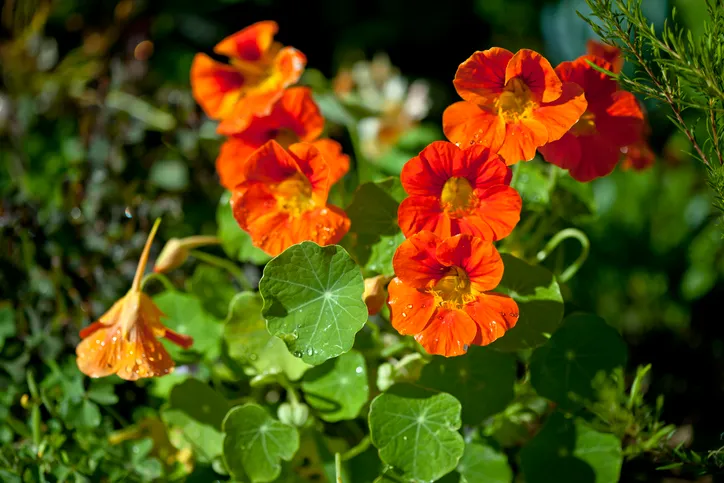
No cottage garden is complete without the nasturtium, tumbling its way along the edges of borders and draping out of pots, it’s a firm favourite with many because of how easy it is to grow. The peppery flowers are the perfect addition to a summer salad and no edible flowers list would be complete without them.
Take a look at this recipe for roasted beetroot with nasturtium salsa.
Elderflower
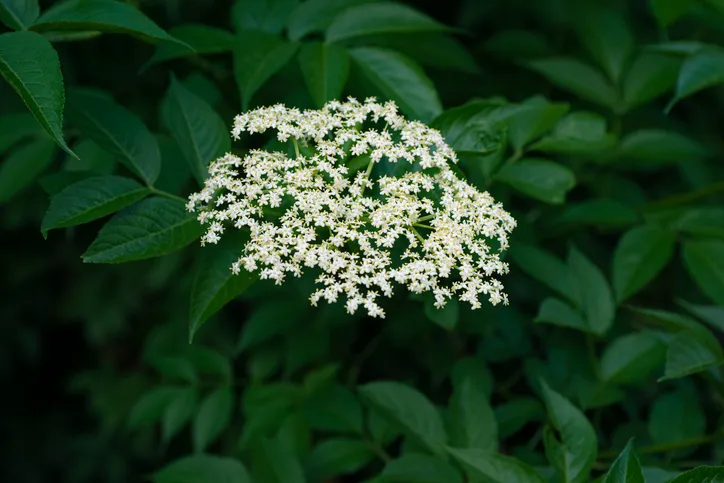
The scent of June, elderflower is a firm favourite among many on any edible flowers list. However, most people think of making cordial or using it as a flavour in ice creams or jams before considering eating the flowers themselves. Try battering and deep-frying elderflower umbels as a summery starter.
Marigold
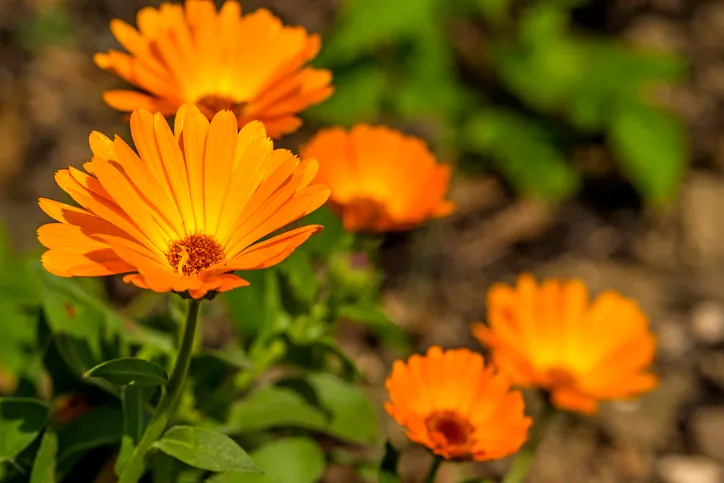
Another flower that packs a peppery punch is Calendula officianalis. We love how it can be used to create a beautiful pasta dough, but you can also add the petals to soups, stews and desserts too. They will add some fiery colour to your dishes as well.
Take a look at this marigold petal pasta recipe.
Borage
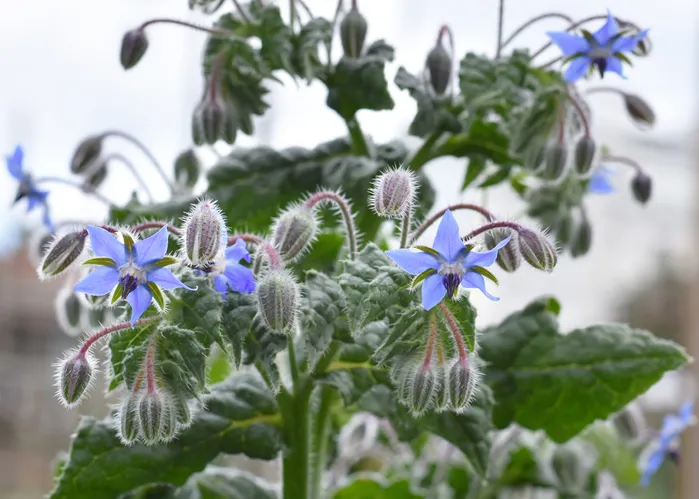
Known for their fresh cucumber flavour, borage flowers are a great addition to salads and cocktails. You could even try freezing them to create decorative summery ice cubes.
Here's more on the best herbs to grow
Lavender
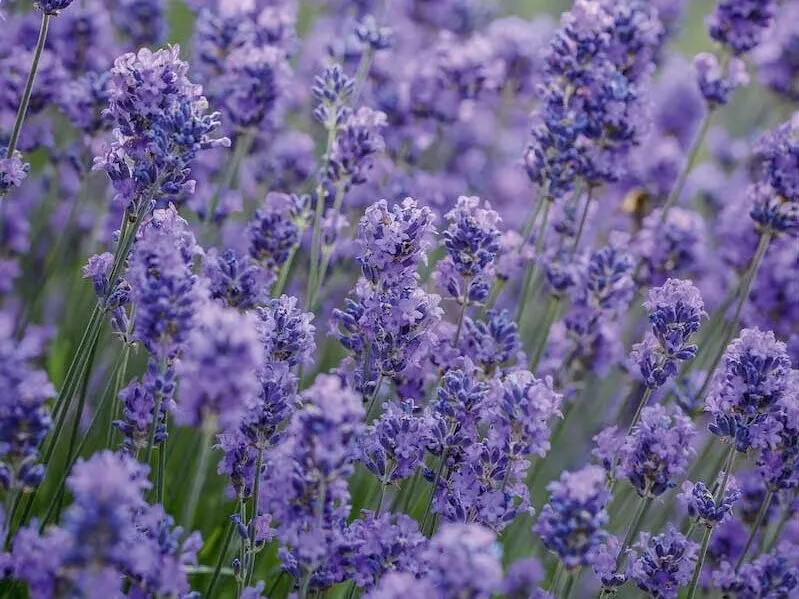
We all know that lavender is edible and many people find it overpowering or too floral in cooking. However when used to flavour sugars or honey, or as a herb alongside a roasting joint of meat it can impart a wonderful subtle flavour. It’s all about balance!
See our pick of the best lavender farms to visit in the UK.
Daisy
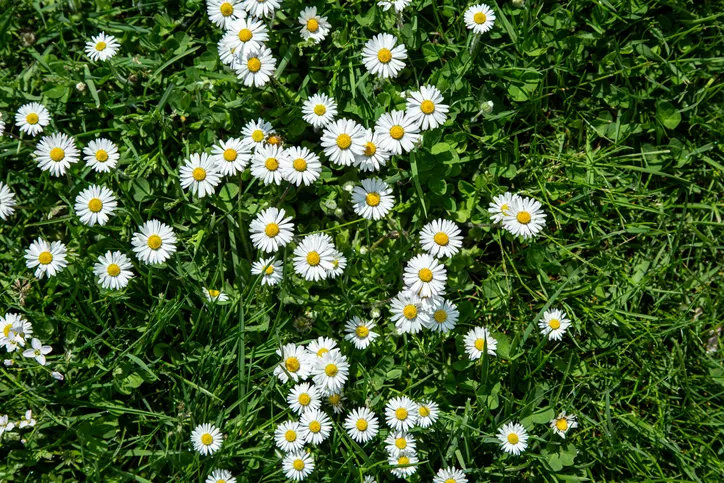
Although they don’t pack much of a punch, the petals of daisies make for a pretty garnish and are perfect for sprinkling on cakes.
See our tips from No Mow May to bring more daisies and other wildflowers into your garden.
Dahlia
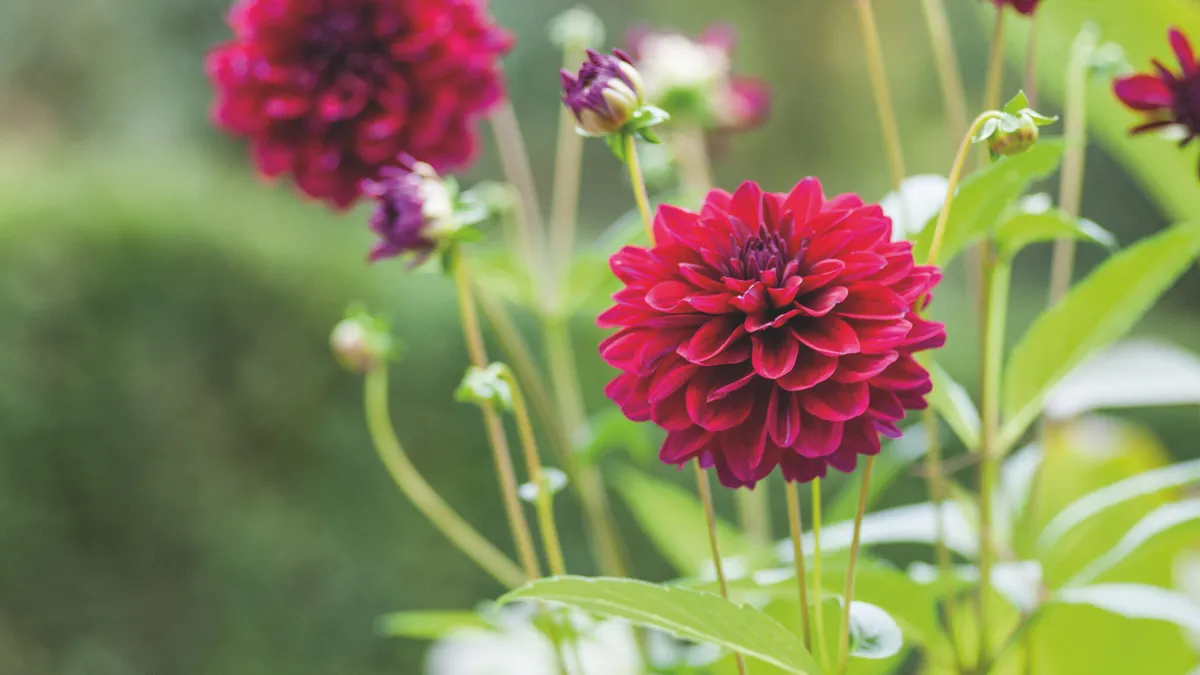
If you can bear to pick them, all dahlia flowers are edible and there is a huge range of flavours in these plants. The petals are perfect for garnishing cakes or as a colourful addition to salads.
Read our guide on how to grow dahlias to get started.
Forget-me-nots
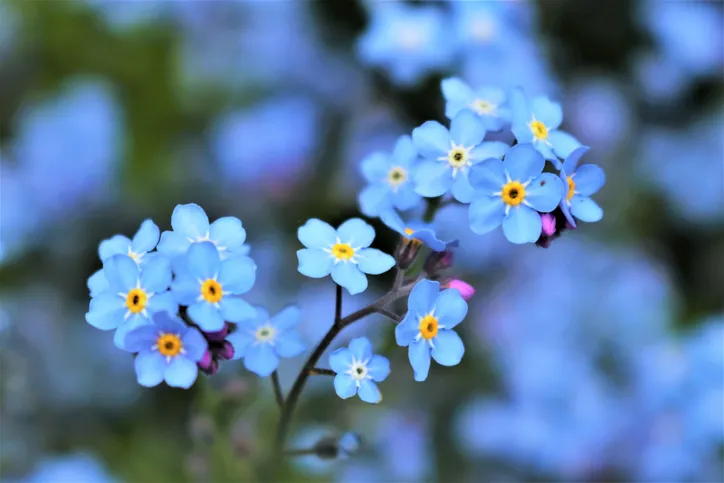
These delicate flowers are a common sight in UK gardens, but did you know that they’re also edible? Perfect as a decorative addition to cakes and salads, they look particularly pretty when candied.
Here's our guide on how to grow forget-me-not flowers
Sunflower
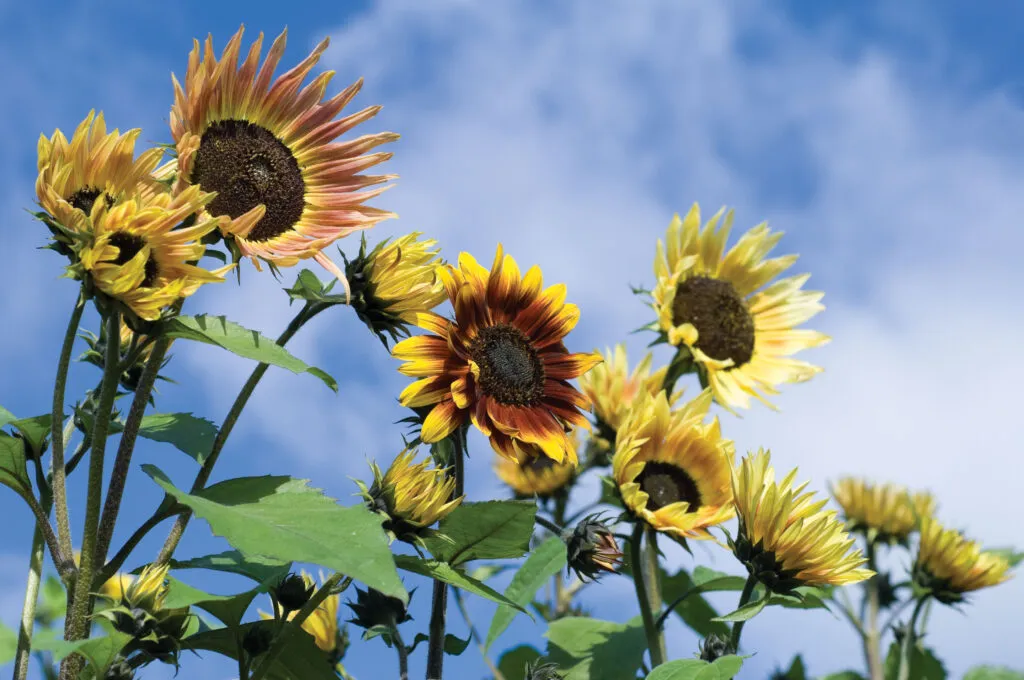
Sunflower seeds are of course an edible part of the sunflower plant, but the petals are also a tasty and often overlooked element. They have a mild nutty flavour which is a great addition to salads and stir frys.
Read our recommendations of the best types of sunflower to grow.
Day lily
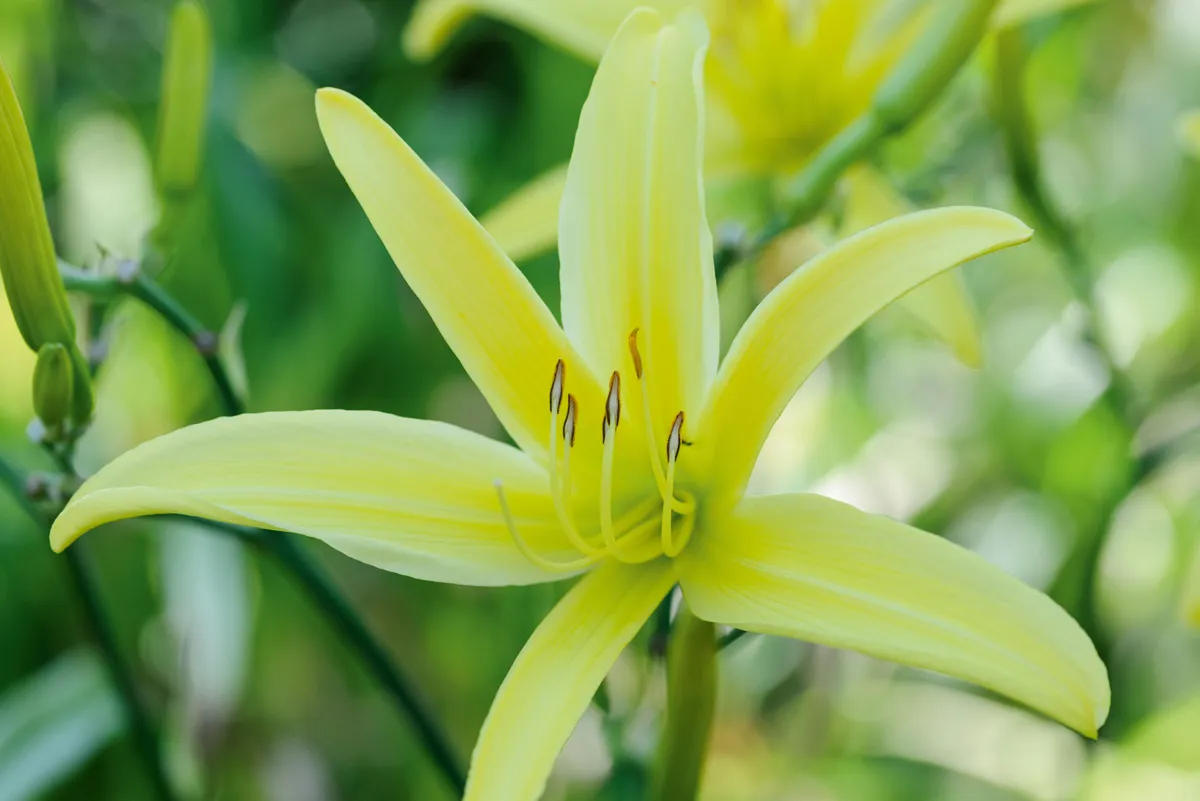
The petals of Hemerocallis have a crunchy and peppery flavour and would make a good substitute for chicory in a summer salad.
Edible flowers from the herb garden
Another easy way to bring more edible flowers into your cooking is to look at your herb garden. Many of us will sigh with dismay when we see that our coriander or rocket has bolted, but this is actually a great opportunity to use a different part of the plant: the flowers. Coriander flowers have a lovely mild coriander flavour and the peppery flowers of sweet rocket are also perfect for salads.
The flowers from thyme, chives, rosemary, dill, basil and fennel are all generally overlooked in favour of the plant’s foliage, but they’re well worth trying out for use in dressings, flavoured oils and as garnishes too.
Jekka McVicar recommends the best herbs to grow.
For more ideas on edible plants for the garden, take a look at our piece on edimentals.
Please make sure you have correctly identified any flowers and plants you wish to consume. Gardens Illustrated cannot be held responsible for misidentification of plants.
